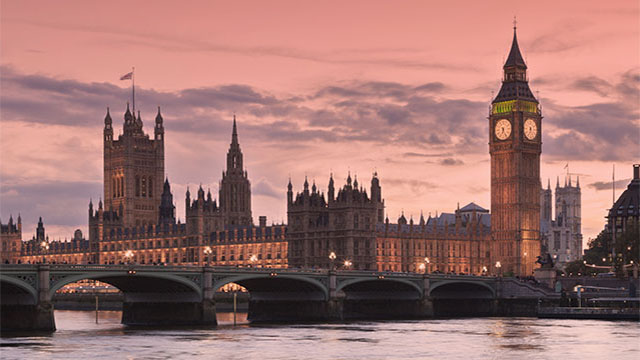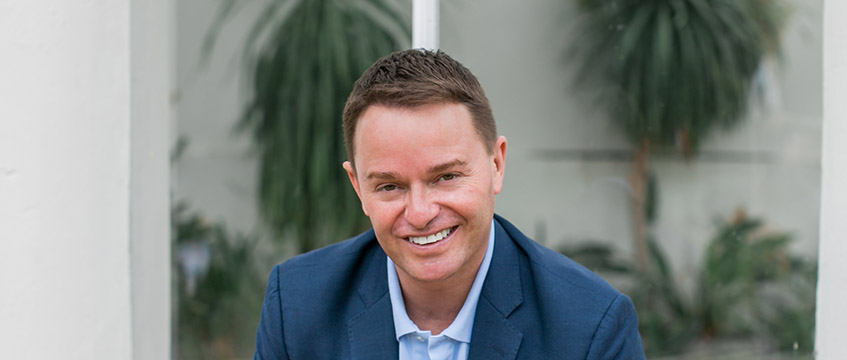German funds are still big spenders, but other international investors have been wary of entering the Spanish market. Moves by big companies to sell valuable city-centre space and consolidate in cheaper, peripheral locations may boost the market, however
International investment in the Spanish property market is being spearheaded by German open-ended funds, which are under strong pressure to invest and diversify to keep investors happy. Clean investments are favoured and the funds are being drawn to Madrid’s periphery, where such product is available.
However, as the sale-and-leaseback trend reaches Spain, more buildings are becoming available in the central business district (CBD) as large corporations, particularly in the utilities sector, dispose of centrally located assets so that they can consolidate into larger buildings on the periphery.
While German funds are deeply penetrating the Spanish market, there is not a great deal of activity from other international investors. Borja Sierra, managing director of FPDSavills’ Madrid office, says: “International institutional investors have to show a return from day one and, although there are three times as many international investors as there were three years ago, the number is much lower than the amount that was originally prepared to come.”
Sierra says this fall in investor interest may be down to the fact that “investors are simply not prepared to buy on the basis of rental growth to come”.
However, the investment market is showing signs of recovery following last year’s terrorist attacks in the US. “Investors are starting to recover from the effects of 11 September and we have seen an increase in transactions at the start of this year,” says Stuart McDonald, associate director at Knight Frank in Madrid.
German funds in particular, which have very high capital inflows, are under extreme pressure to invest. “They are getting a great deal of cash to place, and this means that they are prepared to invest in less secure sectors, such as hotels,” says Sierra.
The pressure to invest is so strong that it is causing funds to lower their expectations, as James Preston, managing director of investment specialist Rutland Financial, part of Insignia in Madrid, points out. “German open-ended funds are under pressure to invest even though the fundamentals of the market do not look good,” he says. “This will result in them lowering return expectations or increasing their risk profile.”
According to Preston, the number of investors in the Spanish market is very low. “Investors used to forward-purchase but, given the insecurity of the market, very few investors are prepared to buy into development projects.”
McDonald says that the introduction of international funds is quite a recent addition to the Spanish market. “Spanish investors dominated the market in 2000 because they knew the territory better. But as rents peaked, consortia of private money funds entered the market. There has been a re-emergence of international funds, noticeably Deka,” he says.
Deka recently acquired an 11,300m2 office building on Paseo de la Castellana for Û73m, reflecting a 5.75% gross initial yield. The passing rent was around 5% below the estimated rental value.
According to FPDSavills, rack-rented yields are around 6% to 6.5% and short-term rents are expected to remain stagnant. A yield gap is expected to open between let investments and speculative projects as investors back away from speculative developments.
Along with Deka, Oppenheim and CGI are among the most successful of the German investors in Spain. Another active German fund is Difa, having recently forward-purchased two office buildings totalling 20,000m2 at the 95,000m2 Necsohenar Business Park, near Barajas airport in Madrid. The buildings, which were bought for Û52m, are nearing completion and are subject to a rental guarantee.
The type of investment favoured in Spain appears to vary, depending on what sort of fund is investing. “German funds are in the market for good-quality buildings so they drive the prime end of the market. However, most other international investors are not in the market for prime offices – it is not a market that suits opportunity funds,” says Roger Cooke, managing director of Cushman & Wakefield’s Madrid office.
Sierra points out that there is as much competition for primary as for secondary investments. He also says there is a window of opportunity for investors to continue forward funding.
International investors are still interested in secondary investments, but over-pricing is a problem in the Spanish market. “Buildings are overpriced so they are slow to sell,” says Cooke. “Secondary investors tend to be mainly developers rather than just investors. Miller and Hines are looking at some projects and we will probably see Pricoa doing some more as well.”
Although investors are keen to buy projects in Madrid’s central business district, most deals have been on the periphery where new buildings are available. Preston says investors are overwhelmingly interested in income-producing assets.
“This has become clear since the start of the year,” he says. “The main question that investors have been asking themselves is: ‘Are we in for a long downturn?’ This is why they have been going for income-producing assets. However, if the market picks up sooner, investors are likely to return.” He adds that opportunity funds are also on the lookout for income-producing assets.
This view is supported by McDonald: “German funds like modern, well-located investments. Opportunity funds tend to look at investments where there is the potential to add value through active management,” he says.
McDonald also points out that properties requiring total refurbishment can bring better returns once the work has been completed, but they also carry an extra risk, which investors may not be prepared to take.
Along with Madrid’s CBD, consolidated out-of-town locations – such as Arroyo de la Vega, Alcobendas, La Moraleja and Campo de las Naciones – have also returned to favour as locations for investment.
This could have some effect on yields, McDonald believes: “It depends on the income stream of the property. In peripheral locations, the situation is likely to stabilise for a while, which will result in lower yields.”
The growing trend for sale-and-leasebacks among big Spanish corporations differs from the deals of this type sweeping through other parts of Europe. “Spanish companies are using the sale proceeds to build new centres,” says Cooke. “Leases are shorter-term and carry a re-letting risk.”
Spanish telecoms giant Telefónica is selling 31 of its properties across six provincial cities around Spain on a sale-and-leaseback basis. The properties cover a total of 250,000m2 and Telef¢nica has bought a 200,000m2 site at Las Tablas, which it plans to move into eventually.
In a similar move, Spanish bank Santander Central Hispano has bought a site to the west of Madrid and is disposing of its city- centre offices. But according to Sierra, such deals have mistimed the market slightly, with rental growth being poor.
Nevertheless, Preston believes the Telef¢nica deal will kick-start a trend for sale-and-leasebacks across Spain. “Spain used to be perceived as somewhat of a backwater,” he says. “Now, however, Telef¢nica is the second largest telecoms operator in Europe and Repsol is the world’s eighth largest petroleum company. There is a great deal of fragmentation, which should eventually translate into consolidation.”
With strong activity from German funds, the Spanish investment market is seeing an increase in action. However, investors remain somewhat tentative and it may be a while before the market returns to glory. The release of buildings through sale-and-leasebacks, together with increased development on the periphery, could tempt investors back into the market.
|
Office investment transactions 2001-2002 |
|||||
|
German funds remain active, but other investors have been deterred by market uncertainty |
|||||
|
Property |
Vendor |
Buyer |
Size |
Value m |
Yield % |
|
Las Mercedes |
Europrado |
Standard Life |
78,488 |
162 |
n/a |
|
Santa Hortensia |
IBM |
Gov of Singapore |
46,928 |
168 |
6% |
|
Parque la Marina |
Neinver |
Oppenheim |
34,024 |
72 |
7.75 |
|
Via Poblados |
Europrado |
CGI |
30,000 |
75 |
7.25 |
|
Arroyo de la Vega |
Levitt |
Hidafa |
20,505 |
47 |
n/a |
|
Julian Camarillo 2/4 |
Necsohenar |
DIFA |
19,830 |
49 |
7.5 |
|
Edificio Milenium |
Bouygues |
LaSalle Investment |
19,150 |
50 |
7.25 |
|
Edificio Trianon |
Bouygues |
BSCH |
18,321 |
53 |
7.25 |
|
Capitan Haya 53 |
Fenosa |
Colonial |
17,856 |
81 |
n/a |
|
Edificio Cedro |
Testa |
Deka |
14,427 |
67 |
7 |
|
Maria de Molina 39 |
Fosforera |
Greenland |
12,000 |
43 |
n/a |
|
Telepizza building |
Telepizza |
CGS |
11,456 |
25 |
7.4 |
|
Paseo de la Castellana 35 |
Fousa |
Deka |
11,300 |
73 |
5.75 |
|
Arroyo de la Vega |
Ofivega |
Omega |
9,050 |
32 |
7 |
|
Recoletos 7-9 |
MSF |
Ponte Gadea |
8,500 |
60 |
6.25 |
|
Edificio Crisalis |
LAR |
Oppenheim |
7,000 |
24 |
n/a |
|
Fortuny 6 |
Rodamco |
Mutua Madrilena |
6,520 |
40 |
5.25 |
|
Paseo de Recoletos 3 |
MSDW/Ferrovial |
HVB |
5,800 |
22 |
n/a |
|
Suero Quinones |
Endesa |
DIFA |
5,000 |
25 |
6.90 |
|
Source: FPDSavills |
|||||










